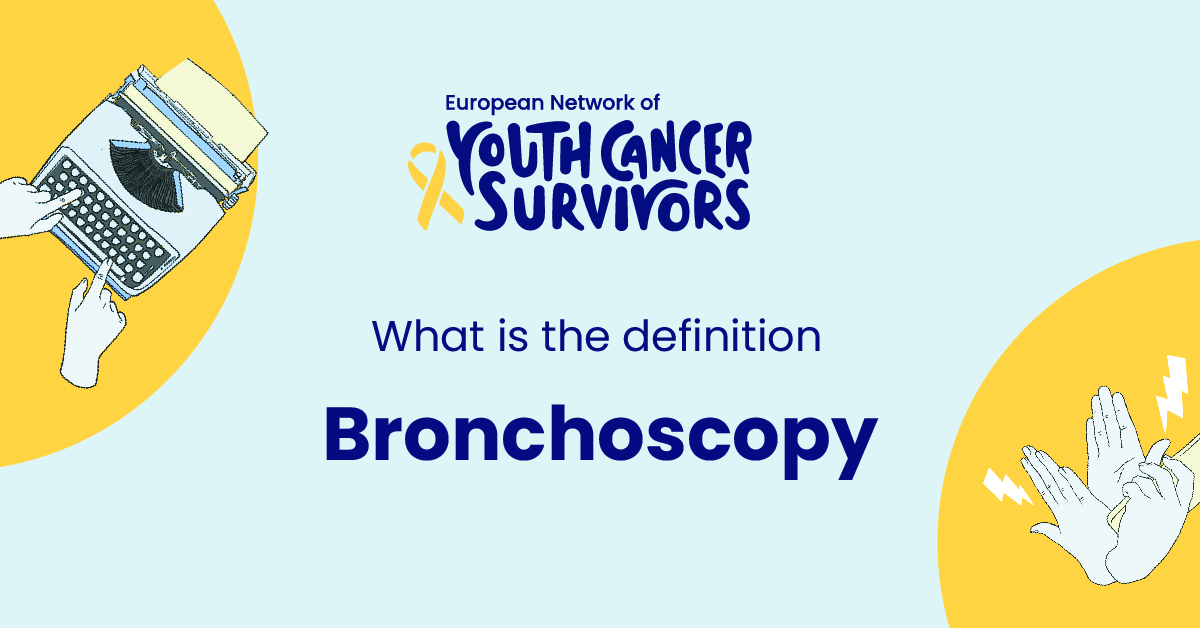
Revealing the curtain on medical mysteries, the scope of medical advancements introduces tools that significantly augment the diagnosis and treatment procedures of the human body. One such development is the bronchoscopy, offering promising results in the arena of pulmonary conditions. This article offers a comprehensive overview of bronchoscopy, its technicalities, implications, and enormous importance in today’s medical landscape.
Although bronchoscopy is less commonly spoken about than procedures such as colonoscopy or endoscopy, statistics indicate that millions of these procedures are carried out annually worldwide. They play an indispensable part in helping physicians diagnose various respiratory conditions and treat specific lung diseases.
The Definition of Bronchoscopy
A bronchoscopy is a medical procedure where a doctor inspects the lungs and airways of a patient using a bronchoscope—a thin, flexible tube equipped with a light and camera. It allows doctors to visualize the respiratory system up close, without resorting to invasive procedures.
They say that necessity is the mother of invention, and the history of bronchoscopy is no exception. Bronchoscopy’s advent began near the latter part of the 19th century with Gustav Killian’s innovative endeavors. Over the years, the development of bronchoscopy has been synonymous with significant advancements in pulmonary medicine.
Get to know us better
If you are reading this, you are in the right place – we do not care who you are and what you do, press the button and follow discussions live

The Types of Bronchoscopy
Flexible Bronchoscopy
The flexible bronchoscope is the most widely used tool for this procedure. It’s designed to navigate easily through the winding paths of the bronchial tree. More importantly, the procedure causes minimal discomfort to patients and does not require general anesthesia.
Its common uses encompass a vast horizon, including diagnosing lung cancer, pneumonia, and chronic cough, along with retrieving samples from patients’ lungs for further examination.
Rigid Bronchoscopy
While less commonly used today due to the advent of flexible bronchoscopy, the rigid bronchoscope holds its unique niche. It provides a wider channel for removing large objects or treating significant bleeding in the airways.
Rigid bronchoscopy is primarily used to clear airways, treat bleeding or administer radiation treatment, and remove tumors or foreign bodies. This technique requires general anesthesia.
Indications for Bronchoscopy
Diagnostic Indications
Bronchoscopy is perhaps most commonly used to investigate abnormal X-ray results. The procedure provides visual confirmation and biopsy capabilities for anomalies discovered while performing imaging procedures.
Moreover, bronchoscopy is a substantial help in diagnosing various lung diseases, including lung cancer, bronchitis, tuberculosis, and interstitial lung disease, to name a few.
Therapeutic Indications
Beyond diagnostics, bronchoscopy offers therapeutic applications such as clearing blocked airways. Be it mucus plugs, excessive secretions, or foreign objects causing obstructions, bronchoscopy can handle them all.
In addition, bronchoscopy plays a vital role in treating conditions such as asthma, chronic obstructive pulmonary disease (COPD), and lung cancer. It assists in effective delivery of therapies to the lungs, including medication, radiation, or heat to shrink tumors.
The Bronchoscopy Procedure
Pre-procedure Preparation
Preparation for bronchoscopy typically involves fasting for 6-12 hours before the procedure. Clear instructions about other details, including medication and anesthesia, are usually provided by the doctor.
The Procedure Itself
The bronchoscopy procedure begins with the administration of local anesthesia or sedation. The bronchoscope is then inserted through the nose or mouth into the lungs. Although the procedure may cause some discomfort, it is generally painless. The procedure typically lasts between 30-60 minutes, depending on the specifics of each case.
Post-procedure Follow-up
Care following the procedure predominantly involves rest and recovery. A brief period of observation for possible complications is usual. Interpretation of results usually happens within a few days post the corresponding procedure.
The Risks and Complications of Bronchoscopy
Potential Risks
Some potential risks of bronchoscopy include bleeding, particularly if a biopsy is involved, and infection. Such risks are generally low but should not be overlooked.
How to Minimize the Risks
To minimize risks, pre-procedure guidelines should be strictly followed, including fasting instructions and information regarding medication. Moreover, post-procedure follow-up ensures that any complications, if they arise, are promptly addressed.
Conclusion
Bronchoscopy plays a critical role in diagnosing and treating various pulmonary conditions. As with any medical procedure, being well-informed is a stepping stone to optimal results.
The implications of bronchoscopy are vast and indispensable in pushing the boundaries of lung-related medicine. By offering a non-invasive way to diagnose and treat numerous conditions, it is indeed a boon to modern healthcare.
FAQs
- What is the main purpose of performing a Bronchoscopy?
The main purpose of performing bronchoscopy is to investigate, diagnose, and treat conditions related to the lungs and bronchial tubes.
- How should I prepare for a Bronchoscopy procedure?
Generally, patients are advised to fast for 6-12 hours before the procedure to reduce the risk of aspiration. Consult your doctor for specific instructions based on your health condition.
- Can there be any complications during a Bronchoscopy?
Yes, the procedure carries a small risk of complications such as bleeding, particularly if a biopsy is performed, or infection. However, these risks are generally low.
- How long does it take to recover from a Bronchoscopy?
The recovery period can vary, but most patients can go home the same day and return to normal activities within a day or two.
- What are the different types of Bronchoscopy and when are they used?
The two primary types of bronchoscopy are flexible and rigid bronchoscopy. Flexible bronchoscopy is commonly used for diagnostic and minor therapeutic procedures. In contrast, rigid bronchoscopy is used when larger instrumentation is required, such as for removing large objects or controlling significant bleeding.

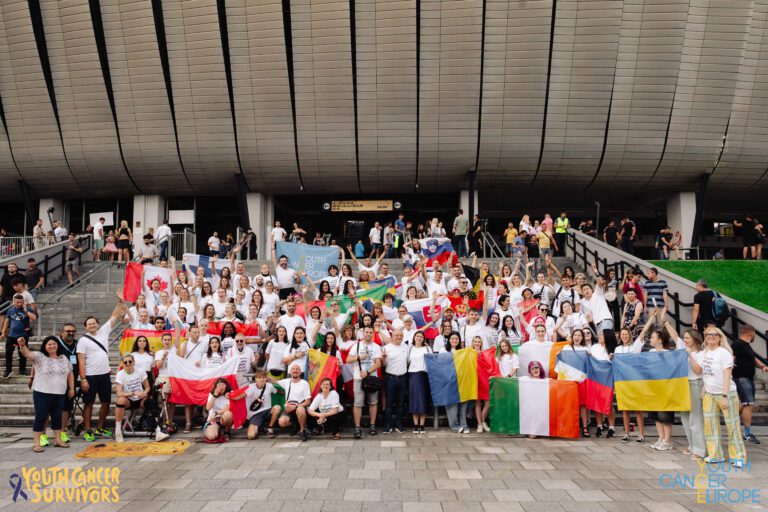




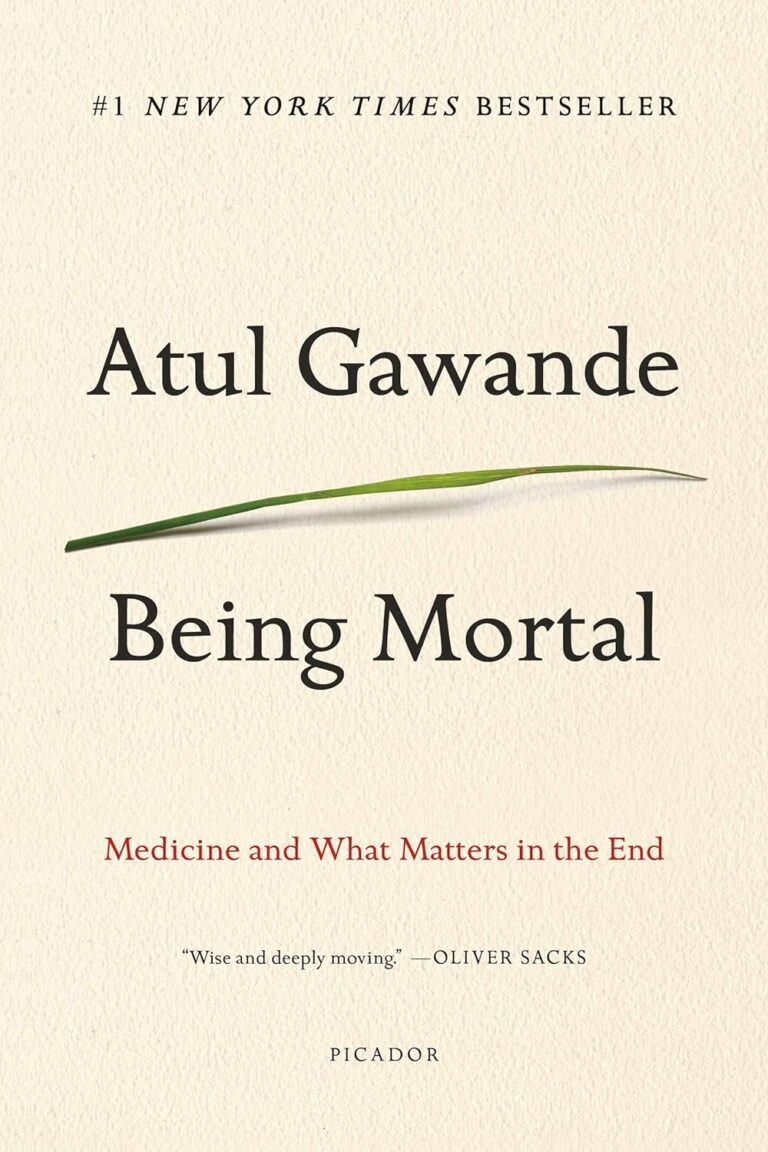
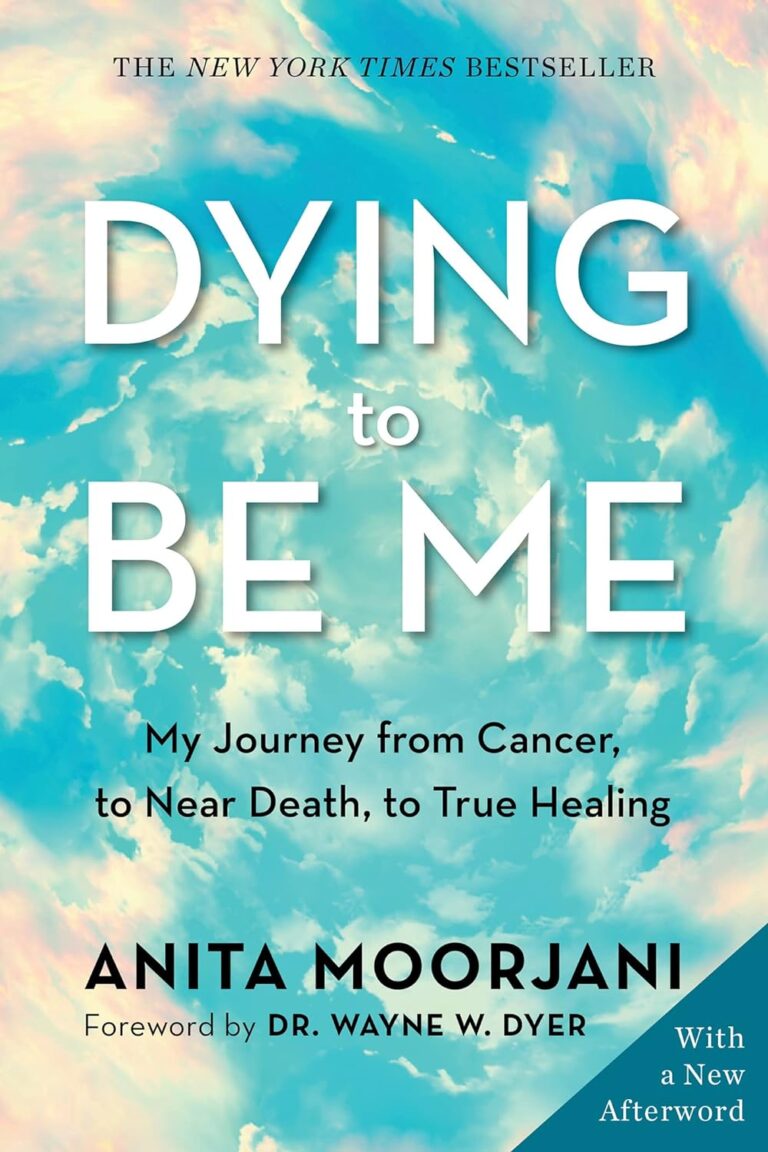


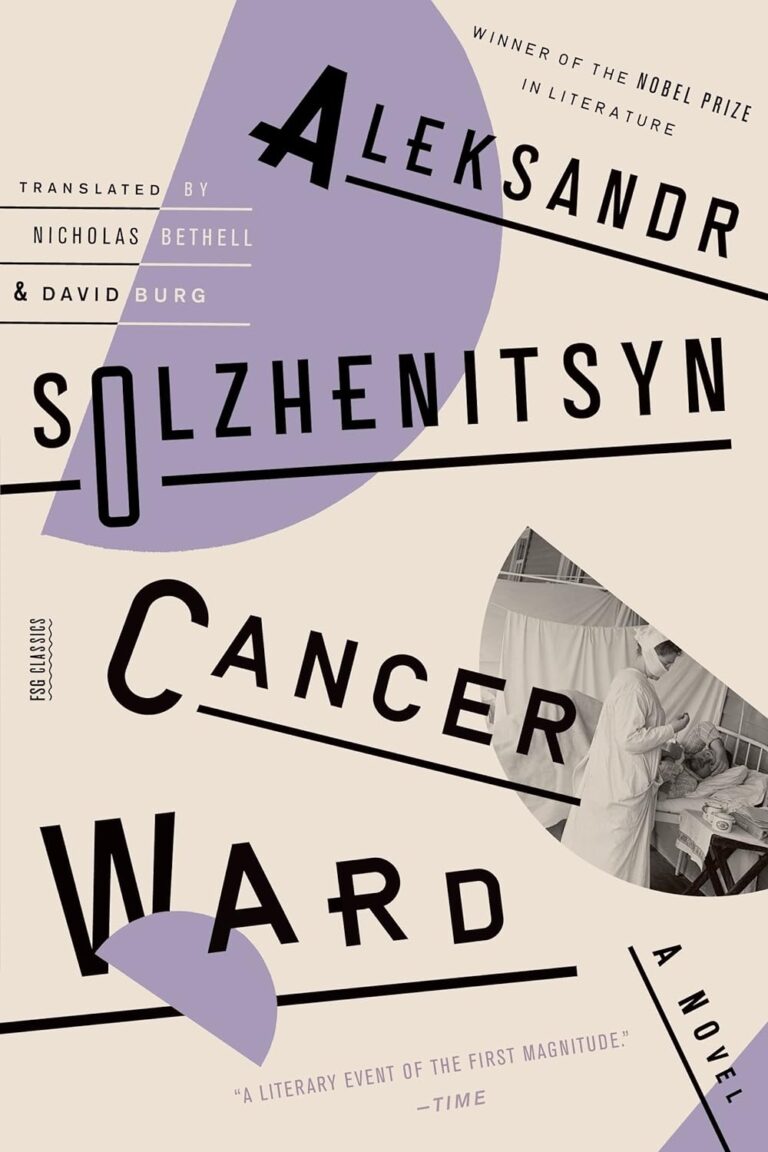
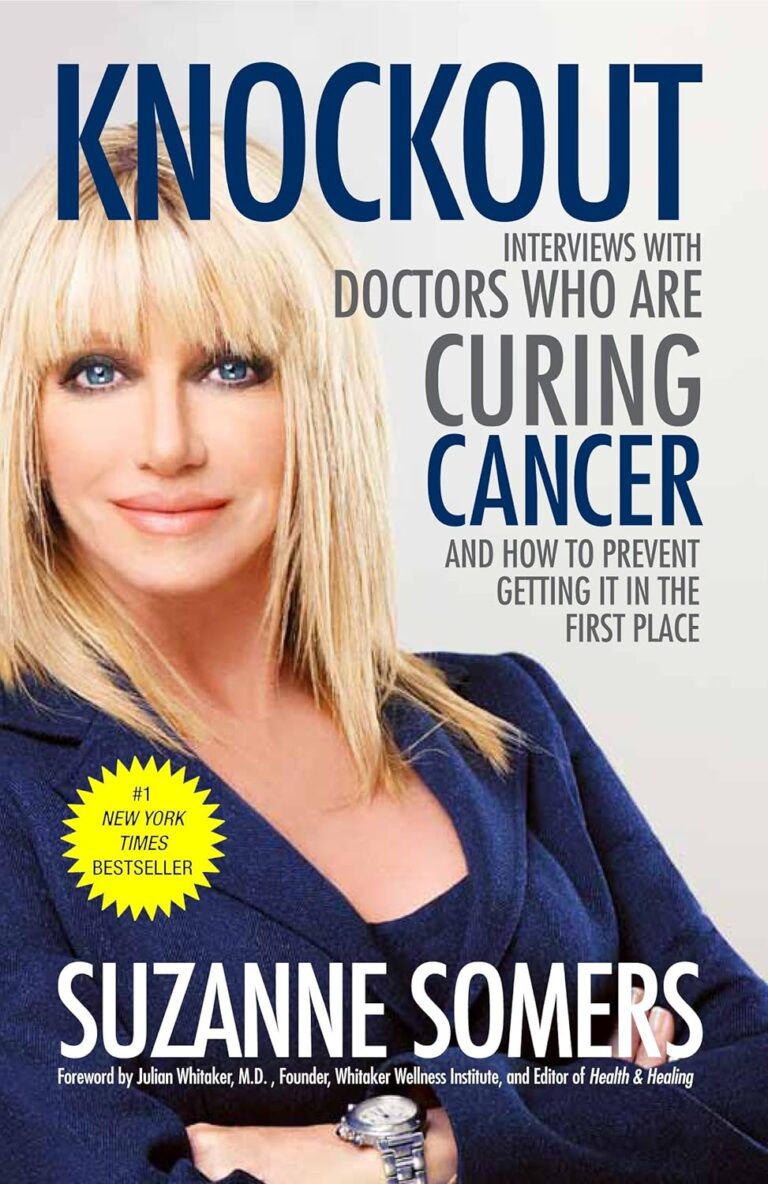
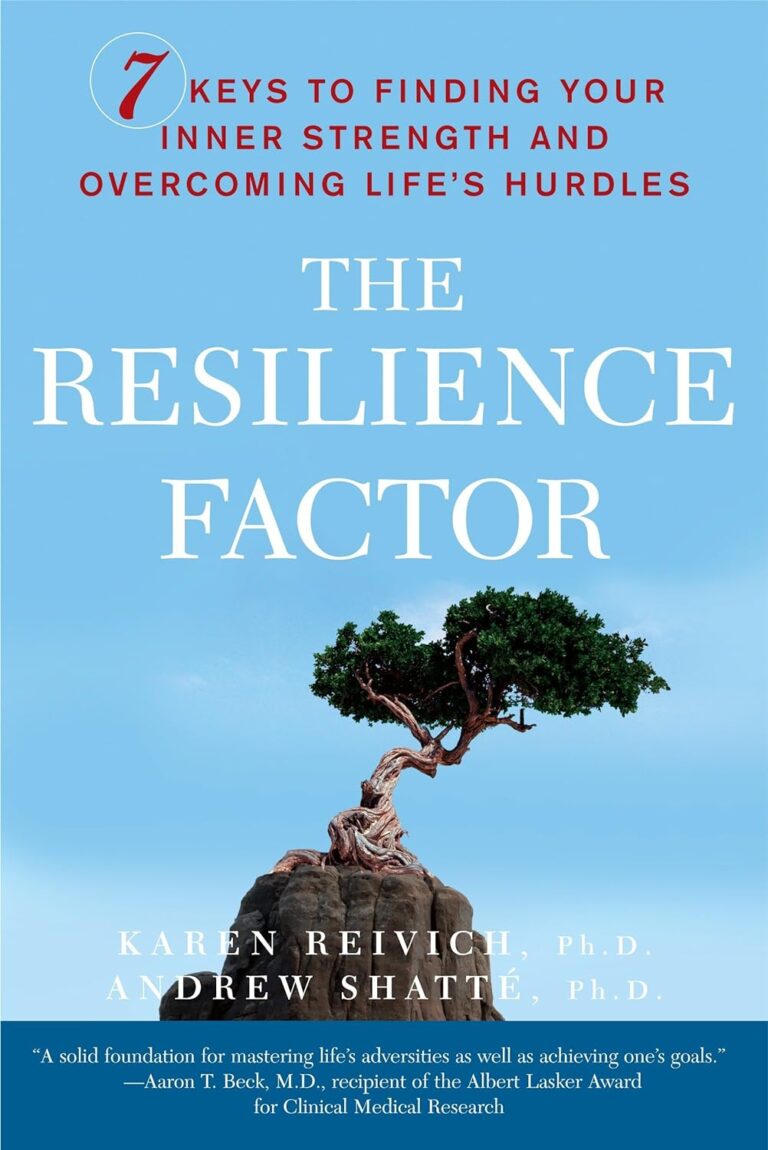

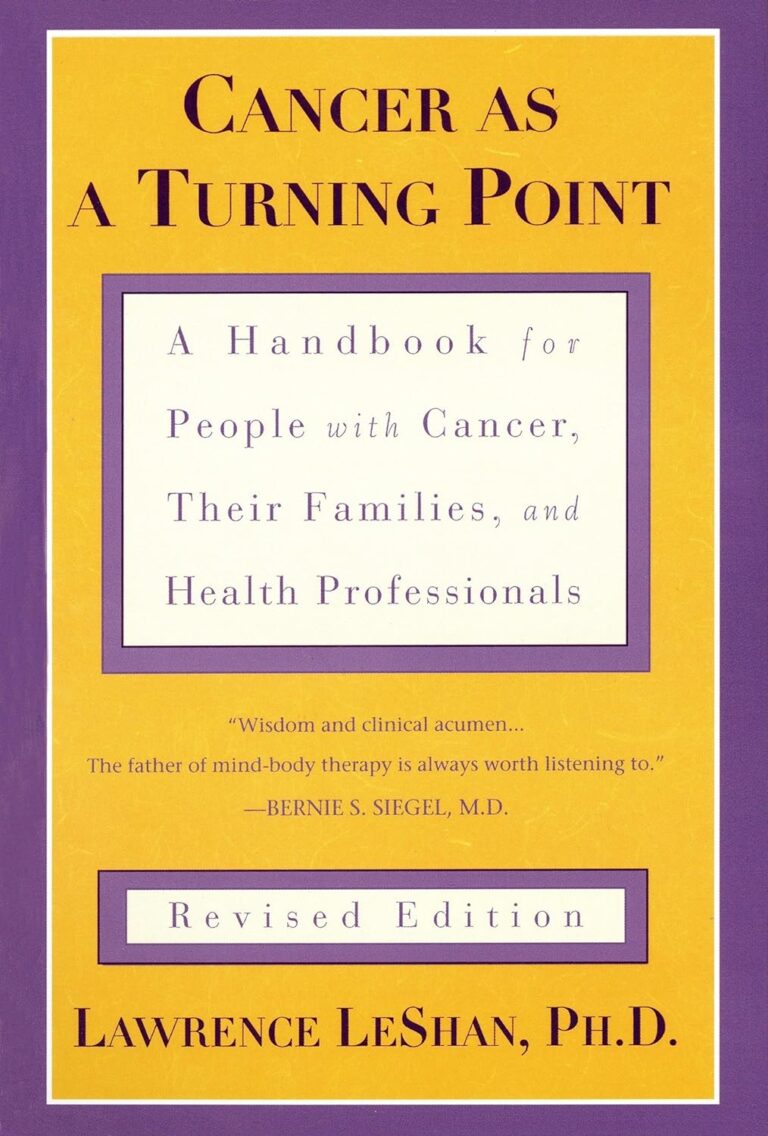


Comments
Thank you. Comment sent for approval.
Something is wrong, try again later